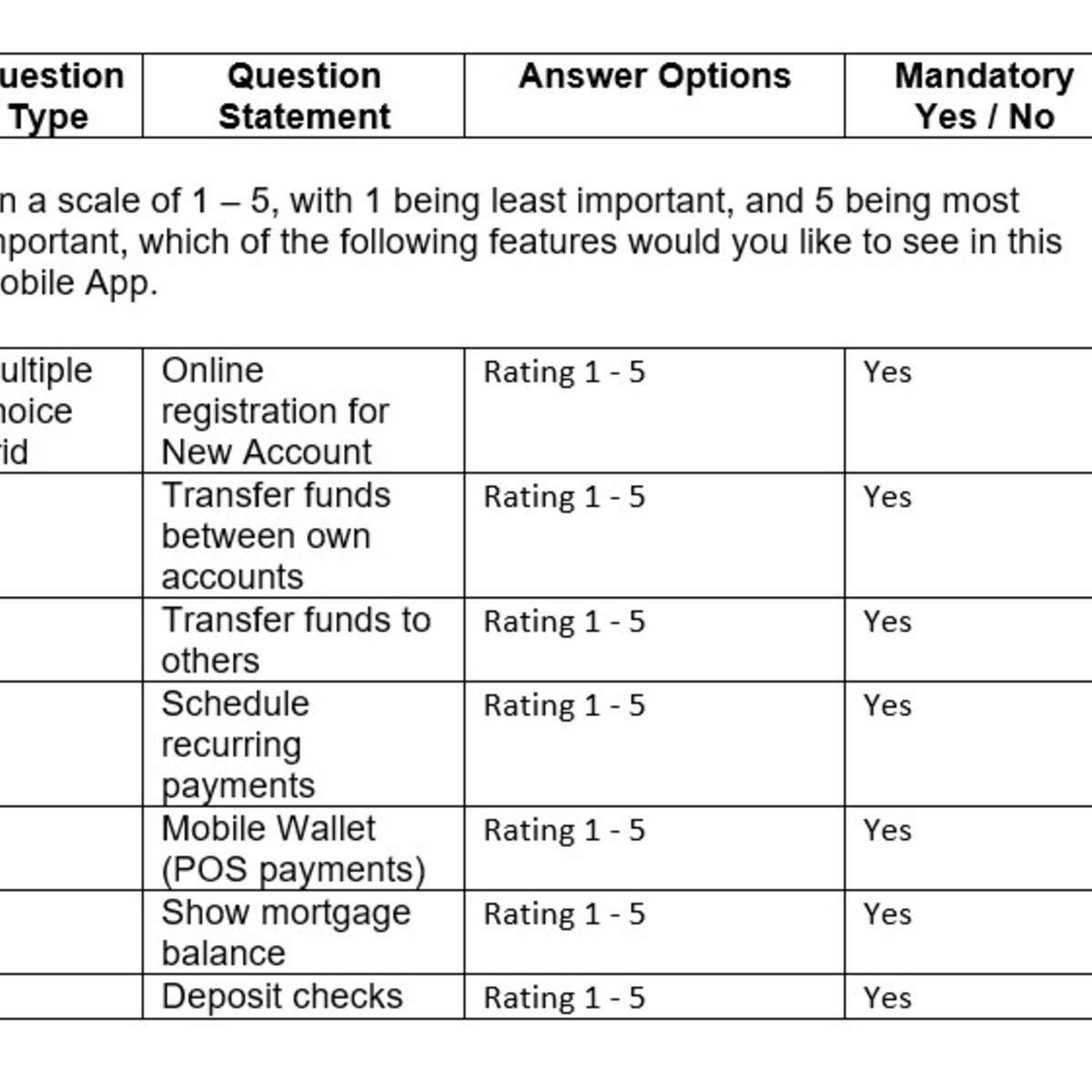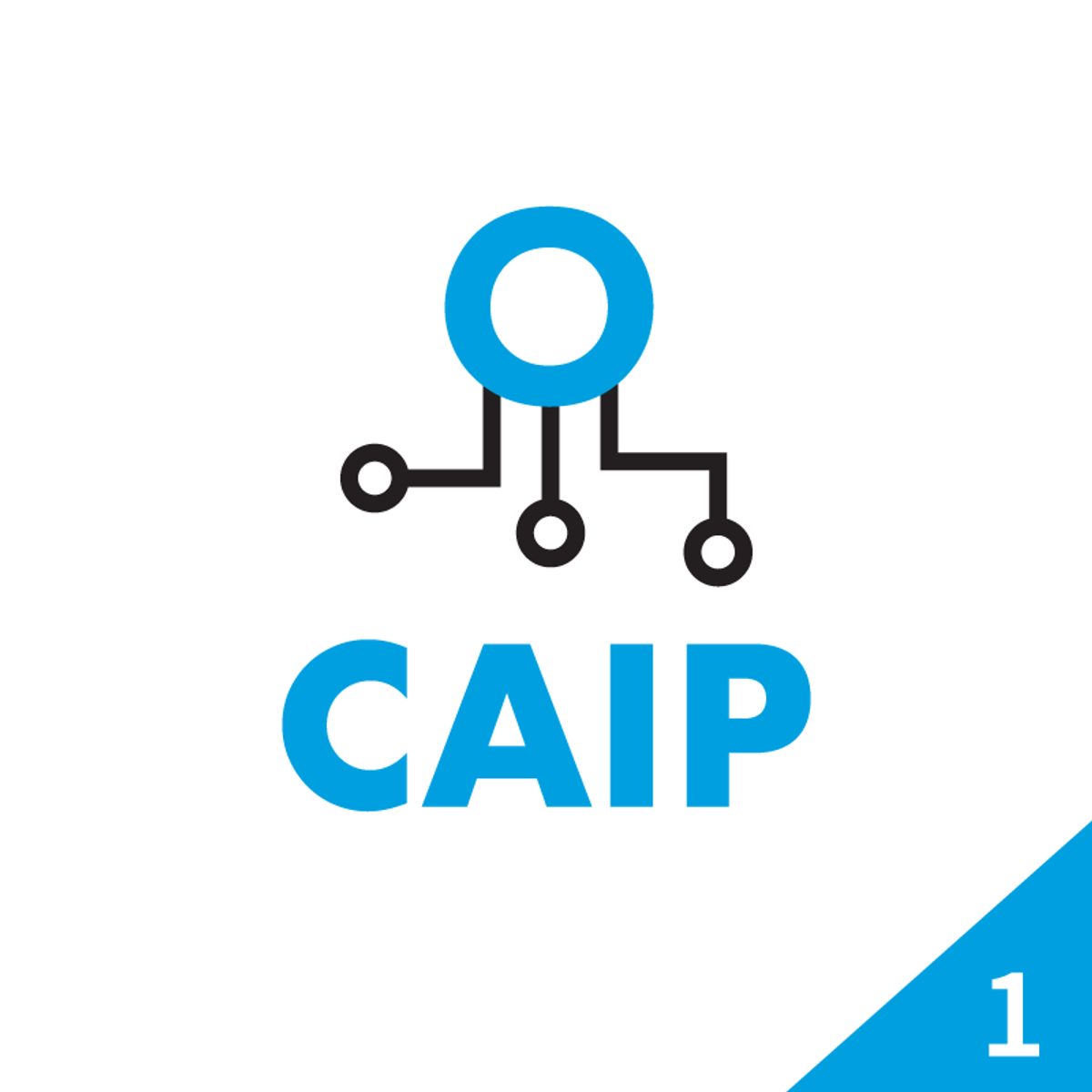Back to Courses









Business Strategy Courses - Page 5
Showing results 41-50 of 543

Digital Fashion Reality
Digital Fashion Reality is a collaboration between Parsons School of Design at The New School and The Digital Fashion Group Academy.
This course explores how to remove the boundaries between the physical and digital worlds to create a hybrid, taking an interactive approach to consumer engagement.
You will learn how designers are using powerful tools to blend the physical and digital worlds to address the fashion industry’s major challenges. Examine the rise of the fashion avatar, their increasing use in fashion e-commerce, and their role in waste prevention and quality testing. Then, you will explore the Metaverse and how it challenges designers to reach beyond real-world design.
Throughout this course, you will analyze the impact of technology in the fashion industry and how it can enhance customer-centric development and distribution processes throughout the industry.
At the end of the course, you will craft your personal Digital Fashion Reality Manifesto that sets and clarifies your intentions so they can be easily understood by others.

Change Leadership: Developing Strategic Gap Analysis in Miro
By the end of this guided project, you will be fluent in identifying, and mapping variables for Gap Analysis using a hands-on example. This will enable you to map business states from the AS IS to the TO BE state which is important in for preparing and managing change in professional and personal life.
Change happens all the time and in being able to identify factors involved in change and preparing to manage change you increase your chances for success . This analysis will help you if you are in:
+ Strategy development
+ Program Management
+ Project Management
+ Business Process Re-Engineering
+ Product Development
+ Organisational Development
And much more. On a personal level this analysis can help you to map where you are and where you want to be for example:
+ Competing in sports
+ Having a professional goal
+ Developing a good habit
Furthermore, this guided project is designed to engage and harness your visionary and exploratory abilities. You will use proven models in change management with Miro to identify the gaps in products/services, and further equip you with the knowledge to utilise the learned concepts, methodologies, and tools to prepare for change in various settings.

Key Concepts in Organizational DE&I
Key Concepts in Organizational DE&I is the second course of a four-course series and explores the foundational principles of DE&I and how they often impact decision-making within organizations. While these concepts are common, this course presents them through the unique lens of an equal opportunity professional with experience resolving complaints of discrimination and delivering DE&I programming to influence organizational culture and policy.
By the end of this course, you will able to:
1. Demonstrate the ability to link the foundational principles of DEI (equal opportunity, bias, power, privilege and other key concepts) and use awareness exercises to change behavior within your organization.
2. Identify the difference between ist (such as racist or sexist), phobias (such as Xenophobia), bias, and other forms of discriminatory thinking from discriminatory behavior.
3. Describe ways that you and your employees can use cultural competence as a way to address and limit the impact of bias, prejudice and stereotypes on organizational decision making.
4. Describe the essential elements of systemic discrimination and how different forms of power and privilege must be managed to create inclusive organizations.

The Nuts and Bolts of Public Relations
In this course, you will learn how to create the necessary collateral related to “doing” public relations, including a press release, story pitch, and media contact list. These collateral materials can then be used to tell your company’s story. It’s important that all collateral stay “on message” and communicate a company's mission and core values. Working with journalists and other media professionals can sometimes be challenging, so we’ll talk through some tricks to building these relationships. Lastly, we’ll talk about social media influencers and if working with influencers is the right tactic for your communication goals.

Using Google Forms to Analyze User Research Data
User Research is at the heart of creating engaging, user friendly, and successful products, services, and designs. By the end of this project, you will learn the fundamentals of user research by designing and creating a survey using Google Forms on new features customers would like to see in a mobile banking app. You will also learn how to gather feedback and organize it into a presentable format.

Supply chain management: Be global
Businesses and their supply chains are facing increasing competition and uncertainty in what is now a truly globalised trade environment. To remain competitive, organisations need to think globally – ensuring supply chains meet customer demands while minimising costs and maximising responsiveness. From a strategic perspective, this involves making important trade-off decisions between cost, quality and flexibility of supply chains. Via structured learning activities (video lectures, quizzes, discussion prompts and written assessments) this course will equip you with the future-focused capabilities needed to design and manage effective, sustainable and efficient global supply chains of tomorrow.

Change Leadership: Strategic Route Analysis with Miro
By the end of this guided project, you will be fluent in creating a change implementation model using Route Analysis for a hands-on example. This will equip you with a systemic implementation framework for change that can be utilised in professional and personal life.
Change happens all the time, and in being able to identify factors involved in change and developing a model for how to implement change you increase your chances for success. This analysis will help you if you are in:
+ Strategy development
+ Program Management
+ Project Management
+ Business Process Re-Engineering
+ Product Development
+ Organisational Development
Furthermore, this guided project is designed to engage and harness your visionary and exploratory abilities. You will use proven models in change management with Miro to develop your change leadership skills for various settings.
Solve Business Problems with AI and Machine Learning
Artificial intelligence (AI) and machine learning (ML) have become an essential part of the toolset for many organizations. When used effectively, these tools provide actionable insights that drive critical decisions and enable organizations to create exciting, new, and innovative products and services.
This is the first of four courses in the Certified Artificial Intelligence Practitioner (CAIP) professional certification. This course is meant as an entry point into the world of AI/ML. You'll learn about the business problems that AI/ML can solve, as well as the specific AI/ML technologies that can solve them. In addition, you'll get an overview of the general workflow involved in machine learning, as well as the tools and other resources that support it. This course also promotes the importance of ethics in AI/ML, and provides you with techniques for addressing ethical challenges.
Ultimately, this course will get you thinking about the "why?" of AI/ML, and it will ensure that your more technical work in later courses is done with clear business goals in mind.

Improve Communication Processes Using Gmail
Sending and receiving emails efficiently is a valuable skill in the modern workplace. Many times, people find themselves sending out routine information to clients and employees which can lead to repetitious email communication. This project is designed to help you become more efficient with your email composition practices in order to save valuable time throughout the workday.
By the end of this project, you will streamline your email processes for regular communication processes. You will do this by setting up contact labels to easily disseminate information to a large group, creating email templates to quickly compose routine emails, and by creating filters to automize inbox organization.
This hands-on experience will allow you to explore some of the more advanced features of Gmail and how they can be best utilized in the workplace. By taking advantage of these advanced features of Gmail, you will be able to streamline the dissemination of routine information improves overall inbox organization in order to better prioritize urgent emails.

Sales Enablement
This course lays out the skills and knowledge necessary to develop a marketing-driven sales enablement strategy, for beginners or those looking to hone their skills. You’ll learn the basics of sales enablement, and how to align your marketing and sales team under the same strategy and goals. You’ll learn ways to make the connection with your buyers and use content as an effective sales tool. The course will teach you about automation tools to use in your sales enablement strategy and about how to enable continued customer success after a sale.
By the end of this course you will be able to:
• Describe what sales enablement is and why it's important
• Create a vision and goal that can motivate and align sales and marketing teams
• Develop a lead qualification framework
• Create an SLA
• Plan and run effective ‘smarketing’ meetings
• Identify your target audience
• Develop a buyer persona
• Use the jobs-to-be-done framework to understand your buyer
• Create a hero statement to connect with your buyer
• Develop a content strategy to increase your sales team efficiency and velocity
• Plan a company-wide content creation initiative
• Write impactful content
• Enable ongoing customer success
• Identify technology needs for sales enablement
• Develop your technology strategy for sales enablement
This course will help you build a solid foundation for developing a sales enablement strategy and working effectively with your sales and marketing teams. The course is intended for anyone interested in jumpstarting their career in sales - whether you’re changing careers and looking for an entry-level role, or want to hone your skills in your current role as a sales representative. It does not require any background knowledge or experience to get started.
Throughout the course, you will complete exercises that allow you to apply the skills you have learned in a practical way, such as evaluating a lead qualification framework, planning a “smarketing” meeting, creating a buyer persona, and writing an email to potential customers. You will compile your work and submit it as a project at the end of the course.
Popular Internships and Jobs by Categories
Find Jobs & Internships
Browse
© 2024 BoostGrad | All rights reserved